Things to do in Latium
Lazio the perfect blend of nature and ancient treasures
The Region of Lazio or Latium is one perfect package that offers everything from nature, sea, sandy beaches, wooded peaks and volcanic lakes, to fabulous food and wine and captivating villages, generous in history and art. Lazio is the perfect recipe for a trip to remember.
Situated in the central peninsular section, is one of the 20 administrative regions of Italy. Facing the Tyrrhenian Sea, the province enjoys a Mediterranean climate on the coast and a continental one further inland.
Long before the birth of Rome, this territory was called Latium by its inhabitants, the latins. Its name derives from Latin Latus, which means extended – it is a vast territory with plains, hills and mountains.
This region is known as the center of world history, the home to Italy’s capital city, Rome. Lazio is much larger than its famous capital city, where long before Romulus and Remus were mythically born, the Etruscans and Sabines lived.
How to get there
Lazio is the third most populated region of Italy, and has the second largest economy of the nation. Its capital is Rome, capital and largest city of Italy.
Rome’s two international airports are Fiumicino Airport (FCO), often referred to as Airport Leonardo da Vinci, or simply Leonardo da Vinci and Ciampino Airport (CIA). Both receive direct services from the UK.
The Region of Lazio is one perfect package that offers everything from nature, sea, sandy beaches, wooded peaks and volcanic lakes, to fabulous food and wine and captivating villages, generous in history and art. Lazio is the perfect recipe for a trip to remember.
Best time to visit Lazio
The best times to go are May, June or September through October. November and December are likely to have the most precipitation. Summer in Rome can be stiffing, although Rome is likely to be as empty in August as you’ve ever seen it. Italians prefer late September into October for their Roman Holiday.
Things to do and see in Lazio
Lazio has five provinces and the most populous and large one is Rome. The others are Frosinone, Latina, Rieti and Viterbo. Most of the region of Lazio is overlooked due to the city of Rome, but here are the hidden gems of Lazio that you shouldn’t miss.
Bracciano and the Odescalchi Castle
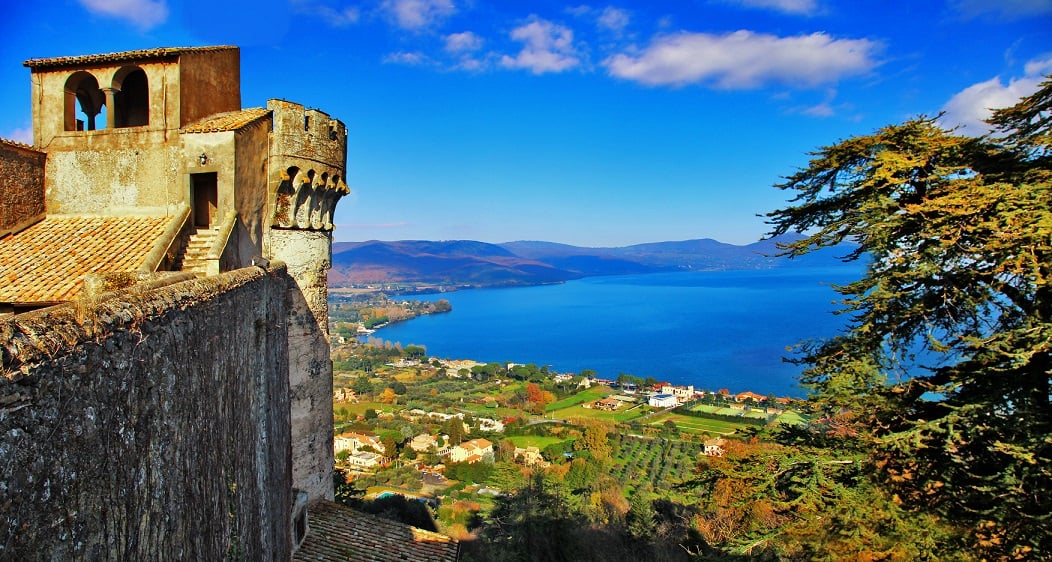
The medieval town and lake of Bracciano is the perfect escape, located just an hour by train from Rome. The 15th-century Castello Odescalchi is one of the most beautiful castles in Italy and has been the residence of two different papal families (the Borgias and Orsini) and also played host to Tom Cruise and Katie Holmes wedding.
Hadrian’s Lazio Villa at Tivoli
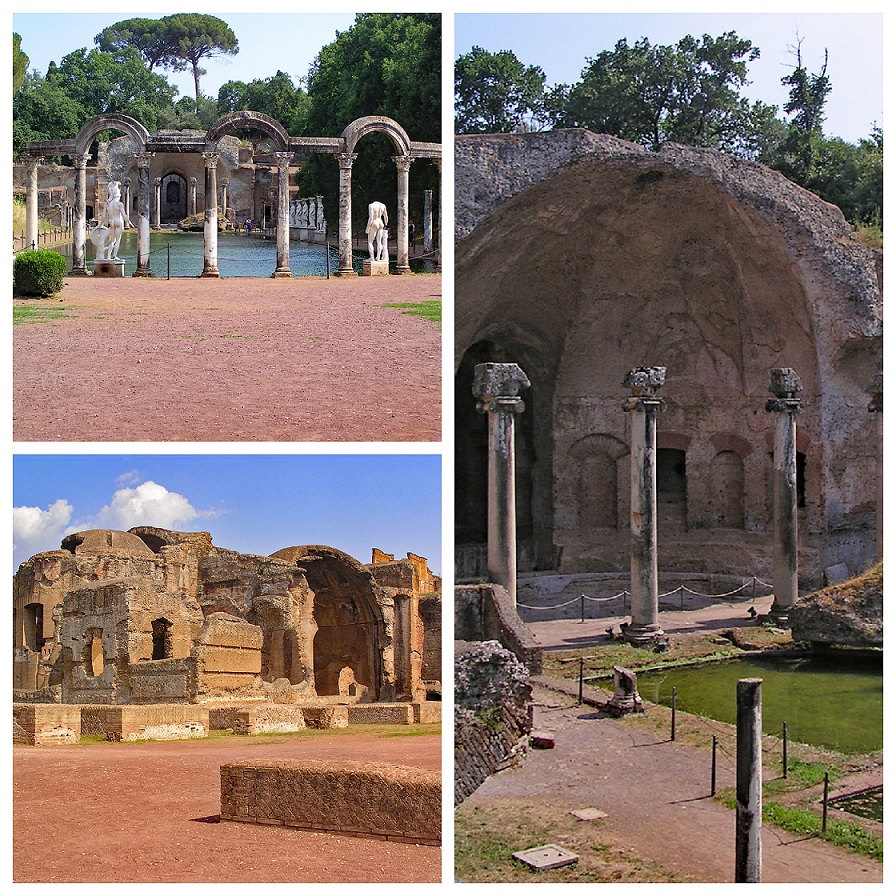
Situated in Tivoli, this was the Emperor Hadrian luxurious villa, outside the city, where he came every time he wanted to escape from Rome.
Civita di Bagnoregio the most breathtaking sights in Italy. In the 17th century suffered a devastating earthquake that left only a small section of the town. The tiny town was first built around 2.500 years ago by the ancient Etruscans. Civita was built atop a tall column of volcanic tuff with only one central entrance through a stone arch. The town’s isolation means it has only a handful of residents today, but it’s well worth seeing for its beauty.
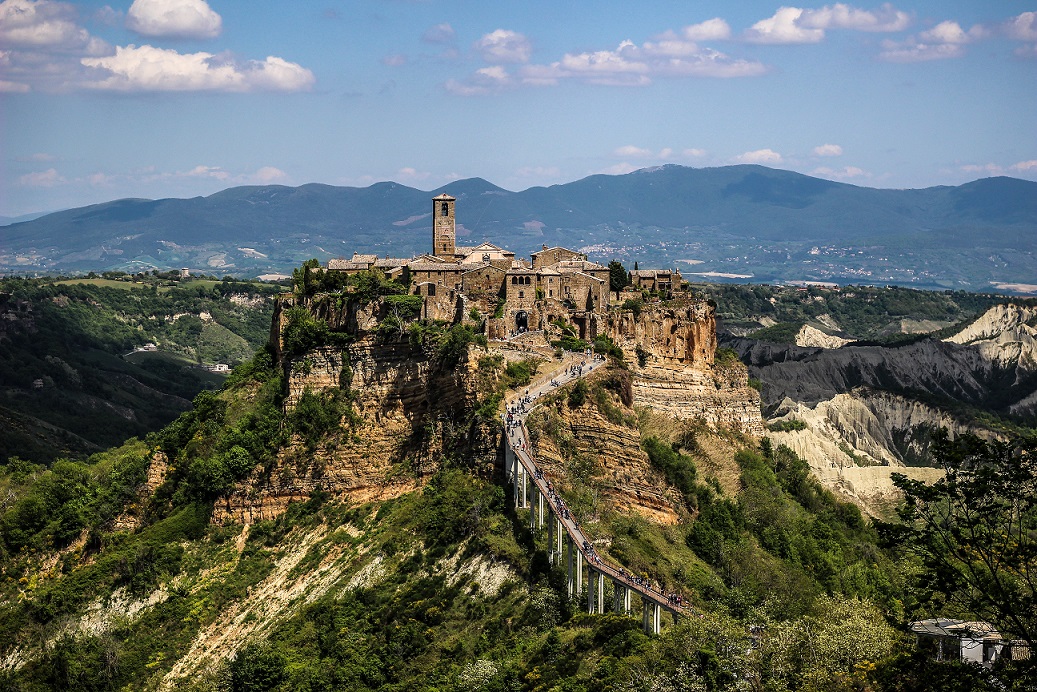
Castel Gandolfo and Lake Albano
Easily reachable by train from Rome, Albano Lake makes an ideal escape in the warm months. Castel Gandolfo is one of the Castelli Romani historic towns dotted around the wooded Alban Hills and dominated by grand Lazio villas. The summer residence of the Pope, Castel Gandolfo is little more than a pretty village clustered around the Papal Palace and the extensive gardens enjoyed by popes for centuries. It was a particular favourite of John Paul II, and one of the first acts of his successor, Benedict XVI was to thank the people of Castel Gandolfo and assure them that he, too, would be spending his summers in their “beautiful little town” above Lake Albano.
The Town and Spa of Viterbo
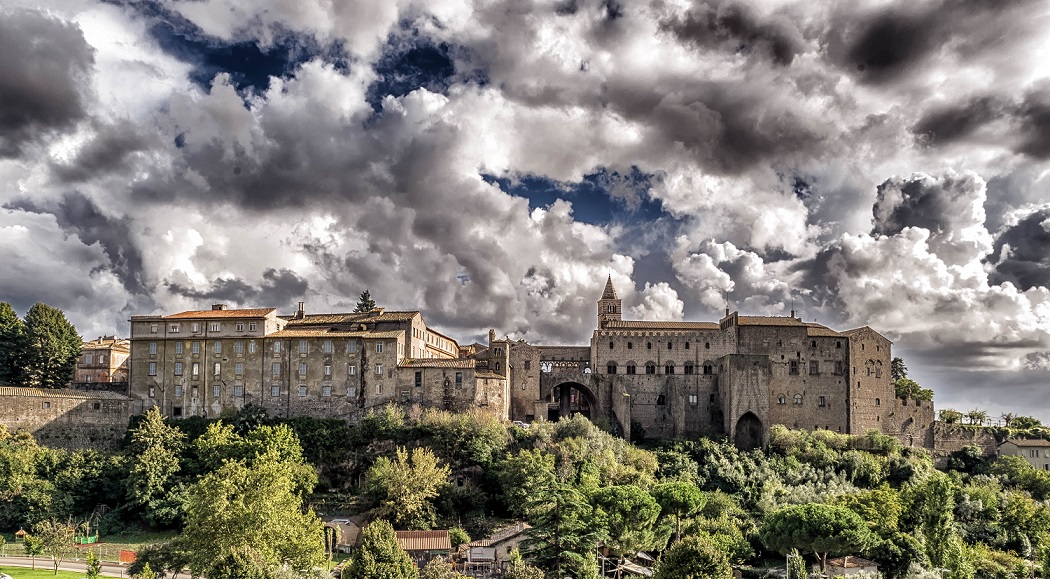
Viterbo is a city that will surprise you with its medieval beauty and its interesting history. The city lies north of Rome at an altitude of 350 meters above sea level, where the northern slope of the Cimini mountains descends to a large plain towards the sea to the west, and the Tiber Valley to the east. It has many alluring lanes in its medieval quarter, lovely to wander by day and also in the evening with the suffused light and romantic atmosphere.
There are several great museums, beautiful churches and pretty piazzas to enjoy. With its 11th-century walls, Romanesque cathedral, and even a papal palace, Viterbo is one of the best-preserved medieval towns in all of Italy. Aside from the draw of its winding streets and attractions—including the Museo Civico with archaeological finds, Pinacoteca, and botanical garden—the biggest reason to go to Viterbo is its spa. The thermal baths here have been used since the Etruscan and Roman times, and today, they make for a chance to truly relax and unwind.
Cervara di Roma
Located on the top of a mountain in Lazio’s lush Monti Simbruini, Cervara di Roma is a medieval town unlike any other. Cervara di Roma is also the point of entry into Lazio’s largest protected area, the Simbruini Mountains Regional Natural Park. This “gate” is located 1,053m above sea level and is the highest residential area in the province of Rome. Since the beginning of the 19th century, Cervara di Roma’s natural beauty has attracted all kinds of artists, who have left testimony to their stay and paid tribute to the village through their work. As a result, a visit to Cervara doesn’t just mean striking views of the surrounding countryside, but a tour through a living art museum!
Subiaco
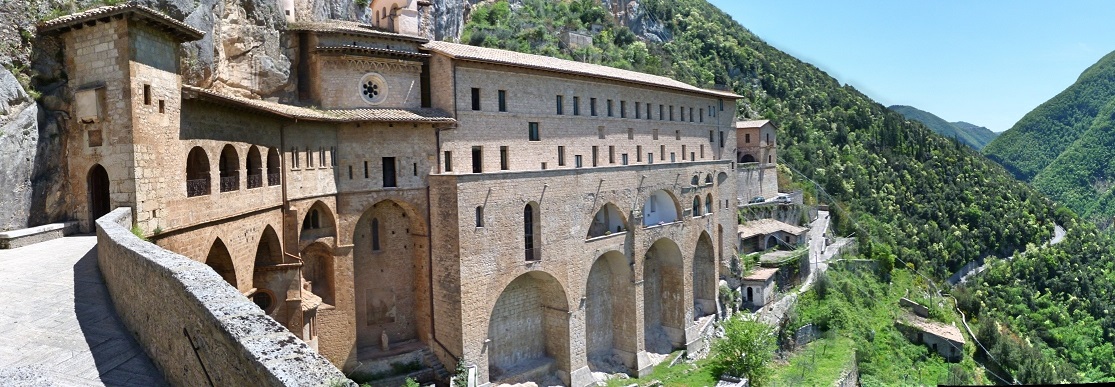
This is a small town with some big claims to fame: St. Benedict established his very first monastery here (in about 529), it’s the first city in Italy that printed books, and it was the birthplace of two historic beauties—Lucrezia Borgia, the daughter of Pope Alexander VI Borgia, and Italian bombshell Gina Lollobrigida!
Today, the charming town is worth visiting for the stunning Benedictine monastery, castle, and quiet medieval character.
Park of the Monsters in Bomarzo (Bosco dei Mostri), is located an hour’s drive from Rome, it is guaranteed to astonish visitors. Laid out in the 16th century’s Mannerist style, it features enormous sculptures of everything from one of Hannibal’s war elephants to a statue of Ceres. You’ll feel like you’ve entered a dream world!
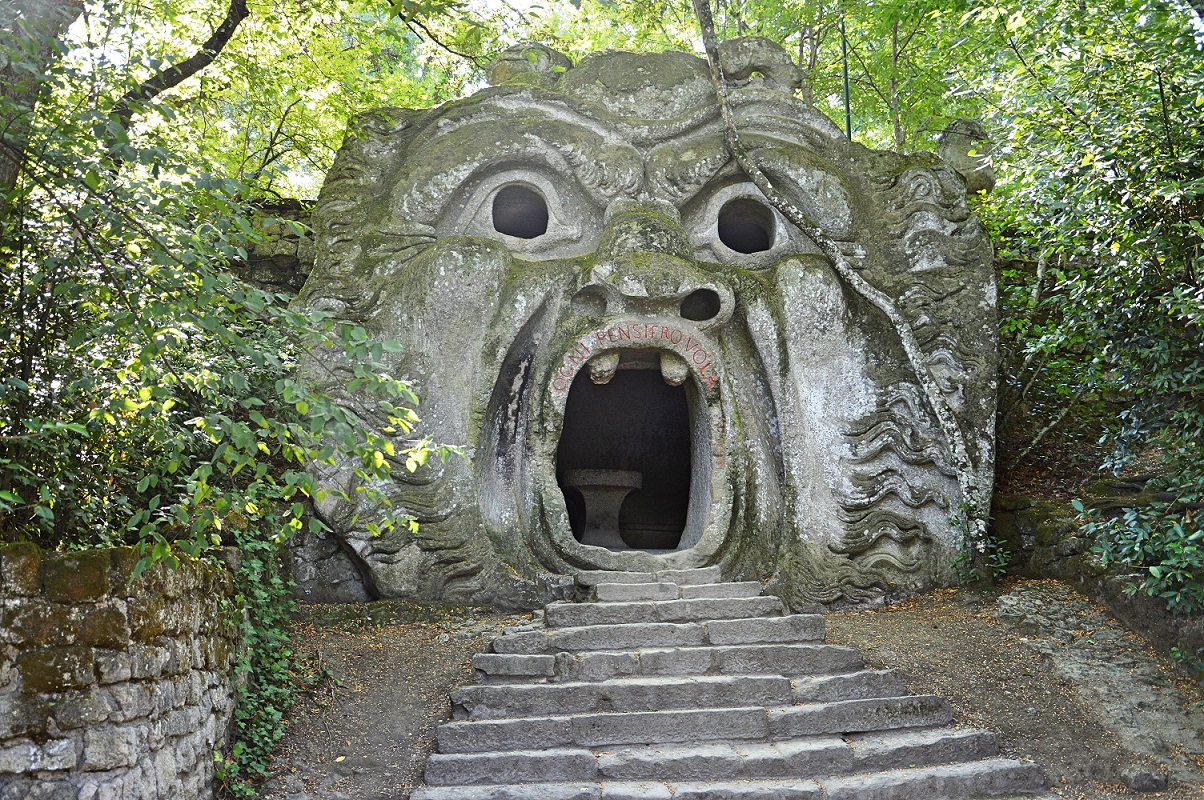
Sperlonga and Tiberius Grotto
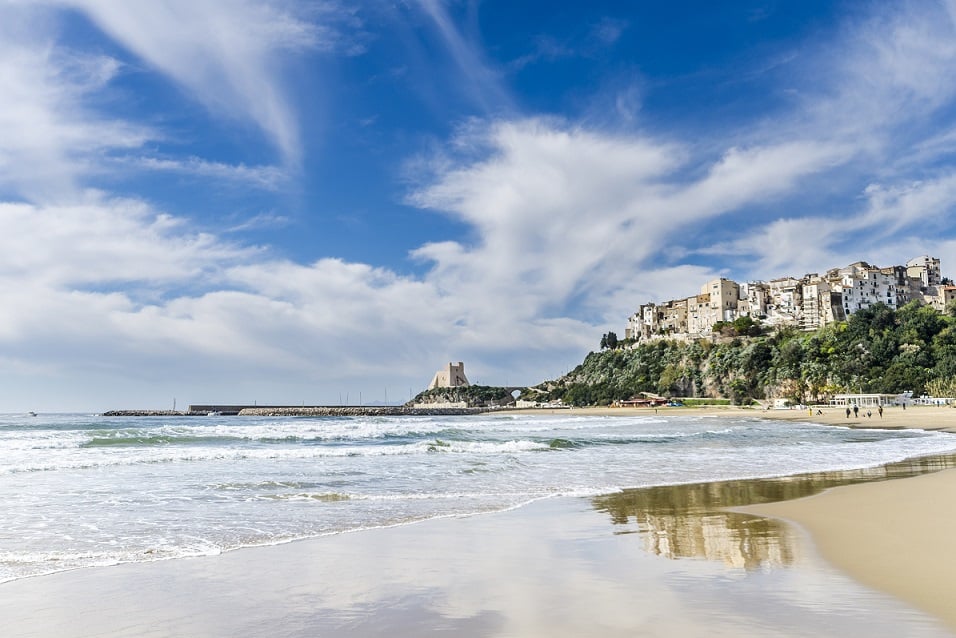
The Lazio resort town of Sperlonga sits on a rocky spur opposite the Grotto of Tiberius.
The spot was originally the site of the Imperial Villa, but after the decline of the Roman Empire became a safe refuge for fishermen, peasants and a community of Benedictine monks.
Is one of the loveliest coastal towns in Lazio, and its beach is one of the only blue-flagged beaches in the region.
Caprarola and the Villa Farnese
The massive, pentagon-shaped mansion—built for Pope Paul III Farnese when he was still a cardinal—has stunning interior frescoes, opulent rooms, and beautiful formal gardens. It’s considered one of the finest examples of Renaissance architecture in Italy.
Grotta del Turco in Gaeta
The seaside town of Gaeta includes a 6th-century castle, mausoleum from the 1st century B.C., and important medieval churches.
But the Grotta del Turco, or “Turk’s Grotto,” is one of the town’s most stunning attractions. The natural grotto, which is illuminated with colourful light at different times of day, is accessible from the sanctuary of S.S. Trinita.
Villa d’Este at Tivoli
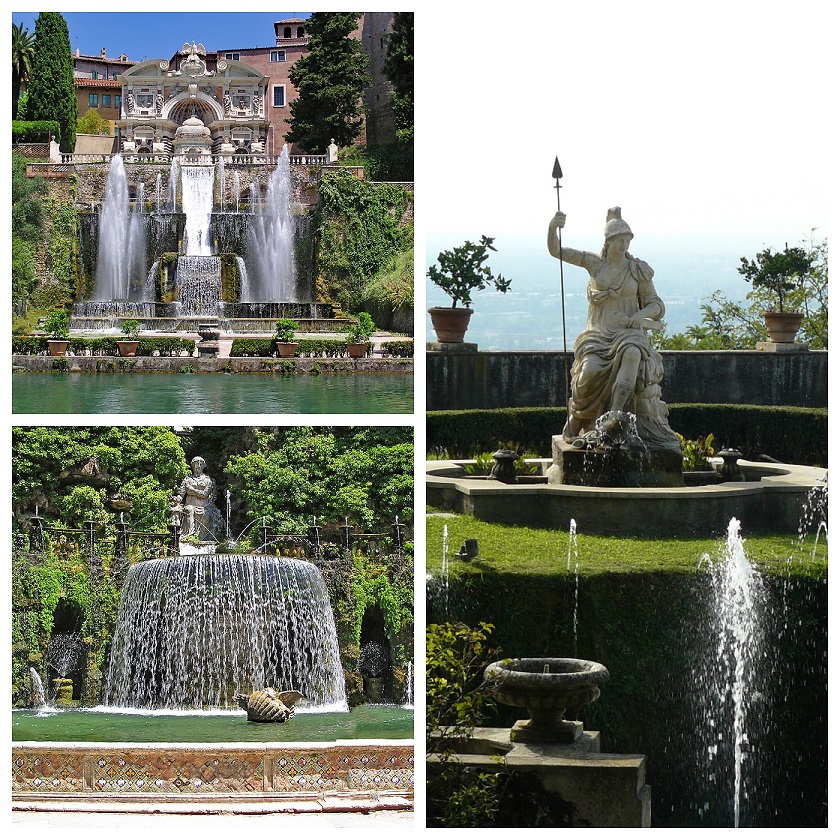
Villa d’Este, the masterpiece of the Italian Garden, is included in the UNESCO world heritage list. With its impressive concentration of fountains, nymphs, grottoes, plays of water, and music, it constitutes a much-copied model for European gardens in the mannerist and baroque styles. Commissioned by Cardinal Ippolito II d’Este, the grandson of Pope Alexander VI, in the 16th century, the Villa d’Este remains one of Italy’s most splendid villas. Wandering through its rooms, formal gardens, and gorgeous fountains is an easy way to spend an afternoon or a whole day!
Tivoli Gardens are the grounds surrounding Villa d’Este near the town of Tivoli in the region of Lazio, Italy. Along with the house they are listed as a UNESCO world heritage site and are classed as being one of the finest examples of an Italian Renaissance Garden.
Ostia Antica
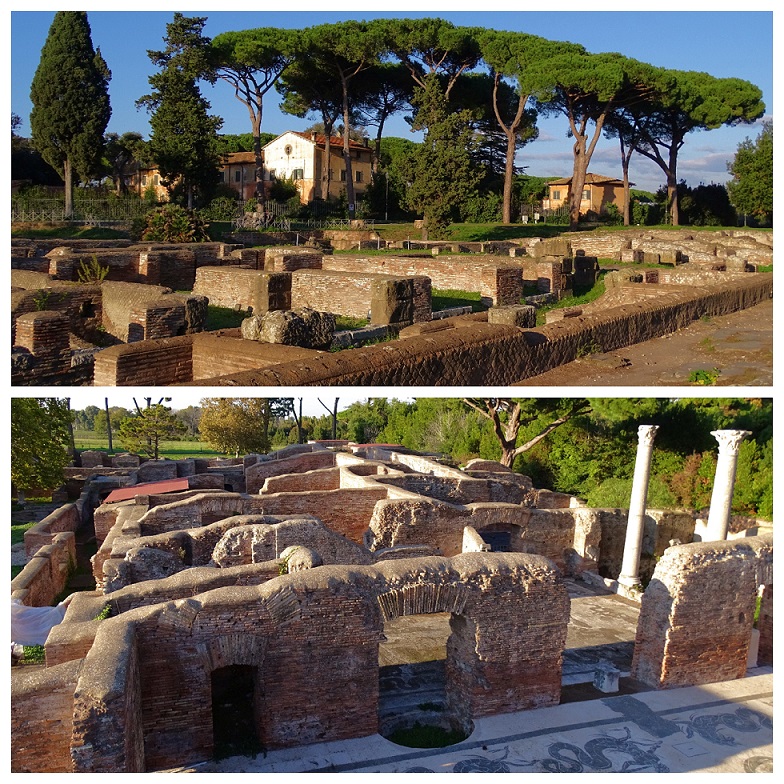
Particularly if you’re not going to make it to Pompeii, Ostia Antica—just a half hour outside Rome on the train—is an excellent alternative. Rome’s ancient port city, Ostia Antica remains an intact town even today, complete with forum, bars, and restaurants.
Rome
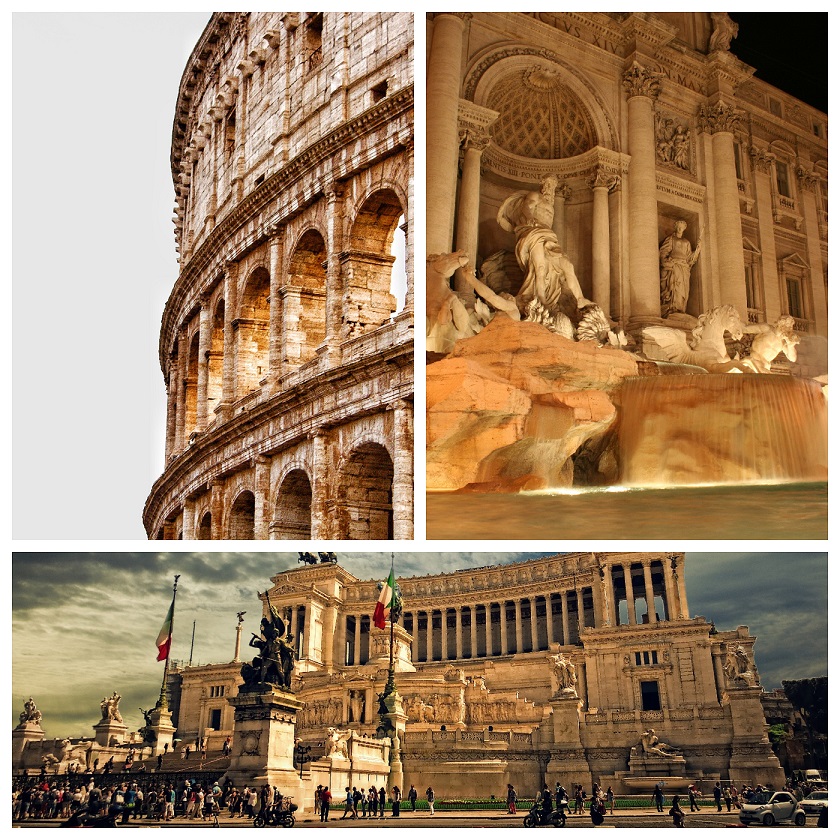
An obvious start, but definitely not a waste of time, this magnificent city lies on the Tiber River and is home to centuries of history, art and culture. One of the best tourist attraction in Rome are Piazza di Spagna (Spanish Square), The Trevi Fountain or The Colosseum. It shows off its splendors in its monuments, fountains, museums and architectural works. Rome, of course, is the heart of Lazio, with its millennia of history, art and architecture, along with its cosmopolitan life and shops. Enjoy a drink on a piazza and immerse yourself in la dolce vita!
The Vatican City
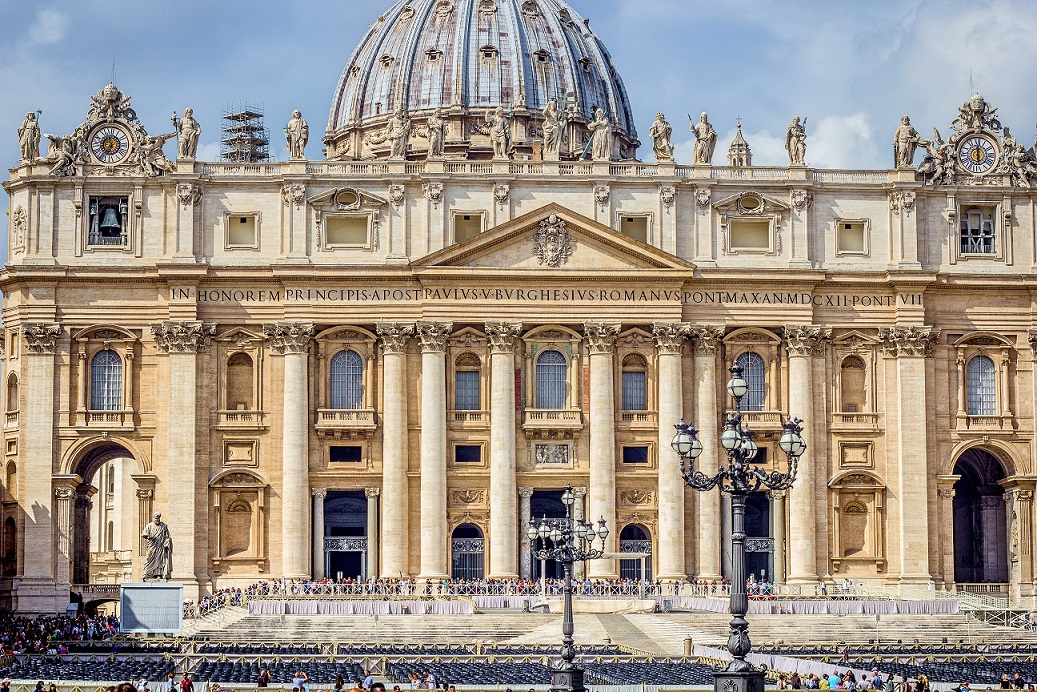
The Vatican is one of the UNESCO World Heritage Sites, the only one to consist of an entire state. The Vatican City houses the Vatican museums and the Sistine Chapel, with its famous ceiling painted by Michelangelo. It is one of the most sacred places in Christendom and consists of a walled enclave covering an area of 110 acres within the city of Rome It is the official residence of the Pope and home to the Holy See, the center of the Roman Catholic Church.
Events and Festivals in Lazio
Rome and the provinces of Lazio have a full calendar of festivals throughout the year, including the Spring Festival and the Festival of the Sea.
Natale di Roma
Rome celebrates its birthday with music, historical re-enactments and fireworks. Action is centered on Via dei Fori Imperiali and the city’s ancient sites.
Carnevale Romano
Rome goes to town for carnival with horse shows, costumed parades, street performers, fireworks and crowds of kids in fancy dress. Action is centered on Piazza del Popolo, Via del Corso, Piazza di Spagna and Piazza Navona.
Mostra delle Azalee
As per an 80-year-old tradition, the Spanish Steps are decorated with hundreds of vases of blooming, brightly colored azaleas from mid-April to early May.
Festivals in Rieti
Annual Festival of Parks, Nature and Fitness: This festival is a celebration of the varied beauty of Italian nature, highlighting what Italian parks have to offer and championing physical activity. Events can include tournaments, aerobics displays, city marathon, tastings of traditional produce and a youth cabaret and singing competition. The festival takes place in Piazza Cesare Battisti e Piazza Vittorio Emanuele, Rieti.


